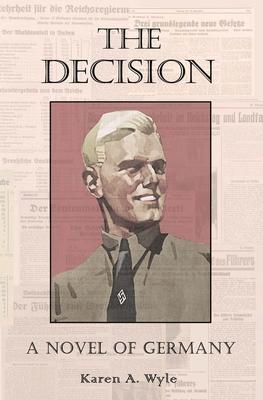It is autumn of 1938, in Hitler's Germany, in the capital city of Berlin, perhaps a month before the devastating anti-Jewish violence of Kristallnacht. Three Jewish boys have received new bicycles - because their family has, with difficulty, arranged to leave Germany, and they will not be allowed to take much cash with them. Two of the boys are experienced bicyclists, but the youngest is less so. On a downtown street, the latter's lack of skill causes an accident. And the traffic policeman on the scene wears, just visible under his uniform, the brown shirt of a member of Hitler's storm troopers.
What did the policeman do? The answer is known, because the preceding paragraph describes an actual event. But why did the policeman make the choiced he did? What life did he live that led him to make them? And what happened to him, while the boys and their family escaped, lived, and thrived? This novel imagines possible answers to these questions. In doing so, it takes the reader into the heart of the experience of wartime, and the repercussions of such conflict for years thereafter.
